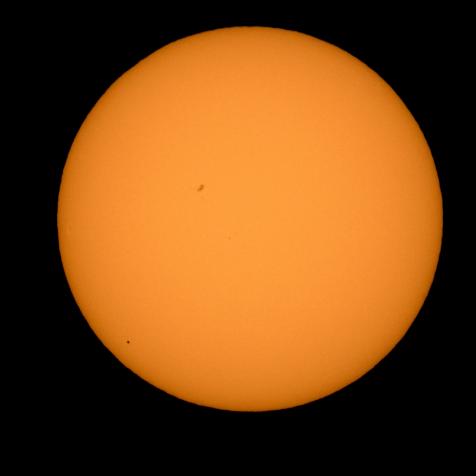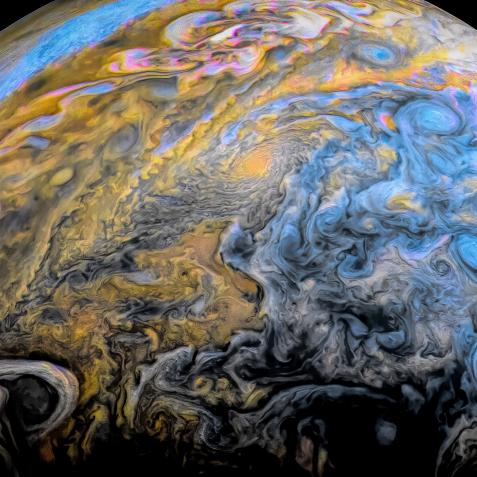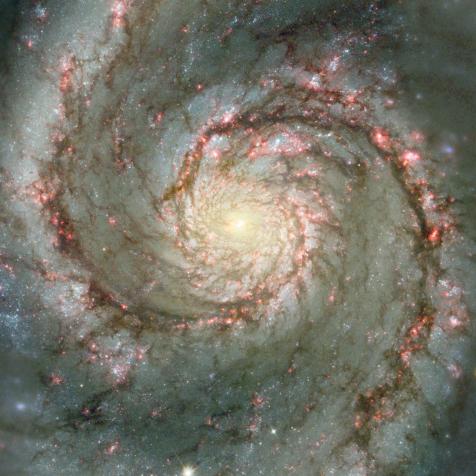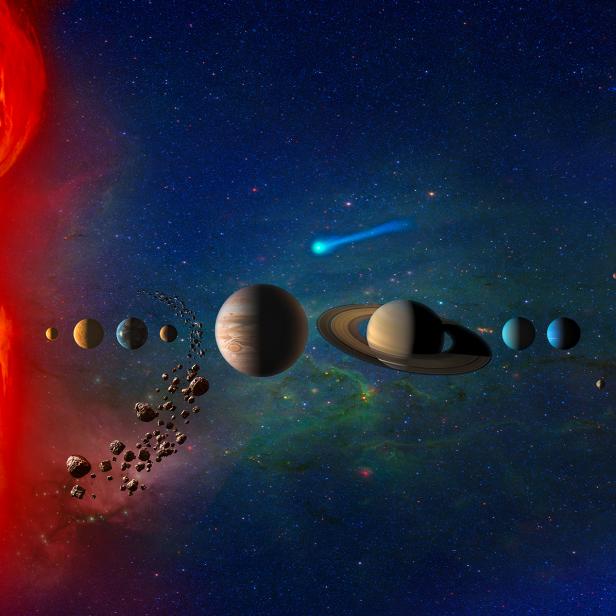
NASA/Jet Propulsion Laboratory-Caltech
Why Charting the Most Extreme Objects in the Solar System Matters

So the astronomers called it “FarFarOut”, which is mostly a joke because the last time they found such a distant object it they nicknamed it “FarOut”, and this new world is much, much, farther out.
The current official designation of FarFarOut is 2018 AG37, and it will get a formal name once we’ve pinned down more information about its orbit.
What is FarFarOut? It’s the most distant object ever detected to orbit the sun. It’s so distant that a single loop around the sun takes over a thousand years to complete. FarFarOut is currently 132 times further away from the sun than the Earth is, and four times more distant than Pluto. But its orbit is a long, stretchy elliptical. During some centuries of its slow, lazy orbit, it actually comes closer than Neptune. At a maximum, it flings itself nearly 150 times further than the Earth.
FarFarOut is so far out there that the sun is barely brighter than any other star–a sharp pinprick of light swimming amongst the galaxy. If you were to stand on the surface of FarFarOut, it would barely be bright enough to see.
Astronomers aren’t trying to find these distant objects just for the fun of it. We know very little about the outermost reaches of the solar system, and with every world we catalog the deeper the mysteries get.
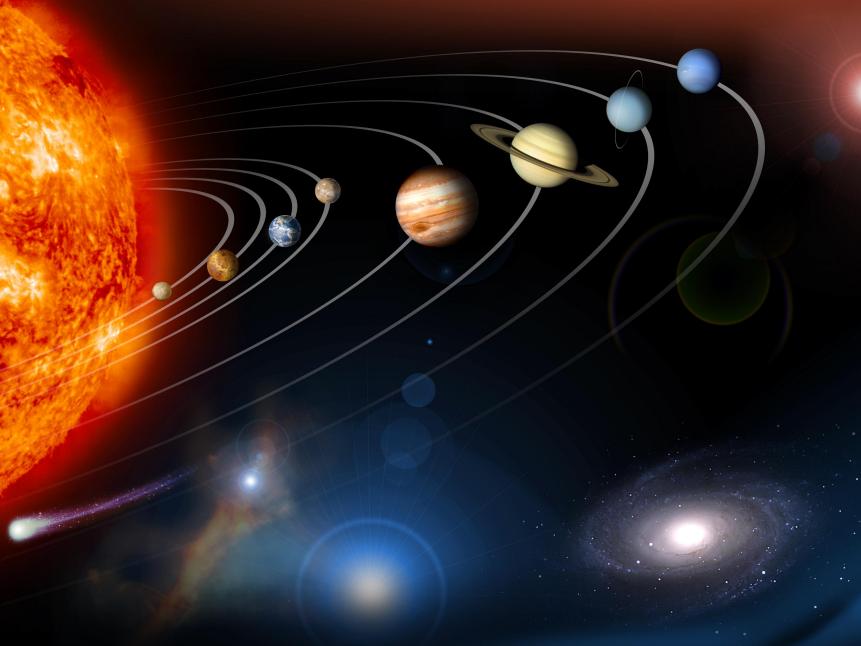
NASA
Artist's rendition of our solar system. Not to scale.
Out here, beyond the orbit of Neptune, our solar system is home to countless small, icy worlds. These are the leftovers from the formation of the system itself. When the planets first formed out of the disk of gas and dust circling the young sun, they constantly rearranged themselves, colliding, breaking apart, and changing their orbits. All that chaos flung any surviving remnants to the outer reaches, where they became encased in ice, doomed to spend billions of years in silent wandering.
The outer solar system holds clues to the formation of the solar system itself. The more we understand how these tiny icy bodies formed and evolved, the more we understand our own origins. That’s why we’re so interested in worlds like FarFarOut and its predecessor, FarOut. That’s why NASA’s New Horizons spacecraft flew by Pluto (the nearest and most familiar of these outer worlds) and then Arrokoth, the most distant object ever visited by a spacecraft.

Joe Olmsted/STScl/NASA
This artist’s illustration shows NASA’s New Horizons spacecraft in the outer solar system. In the background lies the Sun and a glowing band representing zodiacal light, caused by sunlight reflecting off of dust.
Pluto has mountains made of water ice and glaciers made of frozen nitrogen. Arrokoth is two separate objects that somehow fused together. FarFarOut is about 400 kilometers across, which is surprisingly large for these extreme depths.
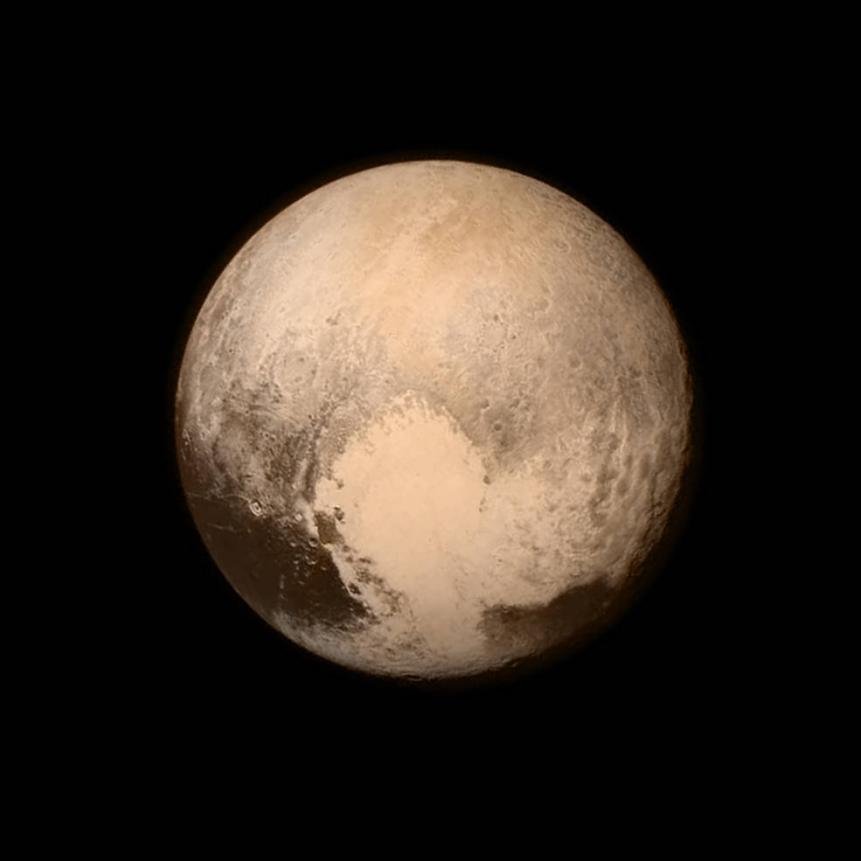
NASA/APL/SwR
Pluto nearly fills the frame in this image from the Long Range Reconnaissance Imager (LORRI) aboard NASA’s New Horizons spacecraft, taken on July 13, 2015 when the spacecraft was 476,000 miles from the surface. This is the last and most detailed image sent to Earth before the spacecraft’s closest approach to Pluto on July 14, 2015.
When it comes to the outer solar system, we have more questions than answers. How did this enigmatic population arise, and how have they lived during all these billions of years? The deeper we look, how many more large worlds will we find? Some astronomers suspect that there may be a Neptune-sized planet lurking in the depths–will we ever find it?
This icy realm is the last unknown frontier of the solar system, and in its silent, icy dance around a distant sun, clues to our origins remain.














